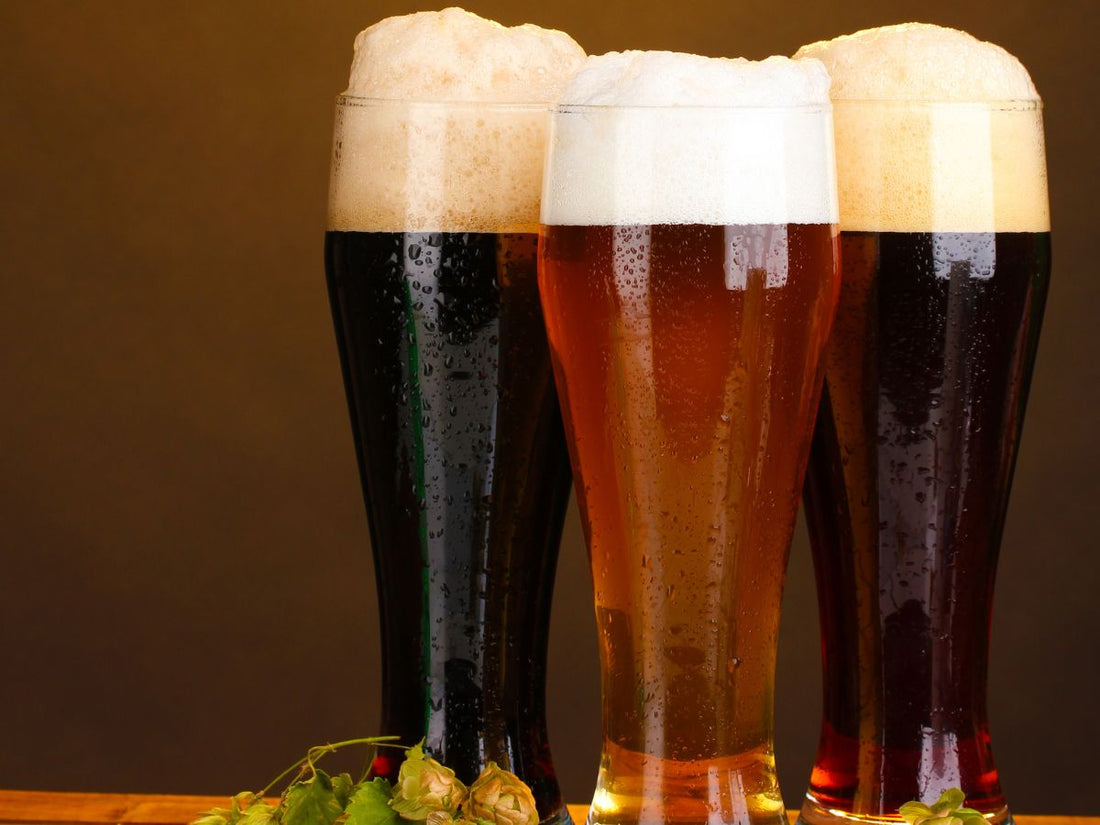Grasping the Craft of Purification: a Deep Dive Into Distillery Traditions
Checking out the complex art of purification unveils a world steeped in time-honored customs that have formed the spirits we appreciate today. From the old origins of distillation techniques to the modern advancement of distillery tools, each action in the procedure carries with it an abundant tapestry of background and proficiency. As we dive into the fragile balance of modern-day versus conventional distilling methods and discover the value of vital components, a much deeper understanding arises of the extensive effect distillery traditions have on the spirits we relish.
Beginnings of Purification Strategies
The growth of distillation methods has an abundant history that traces back to old human beings. The principle of separating components based on their different boiling factors laid the structure for the advanced purification processes we have today.
The earliest proof of distillation go back to around 3000 BC in Mesopotamia, where clay pots were made use of to boil down perfumes and aromatic oils. The Egyptians even more progressed these techniques, utilizing distillation for embalming techniques and medicinal objectives. The Greeks, significantly numbers like Aristotle and Hippocrates, added to the theoretical understanding of distillation.
Gradually, purification infect regions like India, China, and the Middle East, each society including its special touch to the craft. The evolution of distillation strategies continued with the Middle Ages and the Renaissance, at some point leading to the varied variety of distillation processes utilized in contemporary distilleries worldwide.
Evolution of Distillery Equipment

With advancements in technology and a deeper understanding of the distillation process, contemporary distilleries currently use a selection of innovative equipment to generate spirits of the highest high quality. Today, distillation tools includes column stills, reflux stills, and crossbreed stills, each made to satisfy certain purification demands. These modern-day stills offer better temperature law, boosted purification precision, and greater performance in separating alcohol from contaminations.
Along with stills, distilleries now make use of advanced condensers, fermenters, and filtration systems to further refine the extract. The advancement of distillery equipment proceeds to play an essential function in forming the varied array of spirits available in the marketplace today.
Conventional Vs. Modern Distilling Practices
On the other hand, modern-day distilling techniques leverage cutting-edge innovation and innovation to streamline manufacturing processes and boost uniformity. Automated systems, electronic controls, and advanced tools enable modern-day distilleries to generate spirits a lot more successfully and with better precision.
While standard distilling practices are treasured for their heritage and the unique tastes they produce, modern-day methods supply advantages in terms of scalability, quality control, and sustainability. By incorporating scientific innovations and modern-day design, distillers can enhance production, reduce waste, and meet the demands these days's market more effectively. Ultimately, the selection in between contemporary and traditional distilling methods often depends upon the distillery's goals, worths, and target market.
Secret Components in Purification Refine
Within the craft of distillation, the choice of vital components plays an essential function in identifying the flavor important link account and quality of the spirits created. The key ingredients used in the distillation procedure are commonly water, yeast, and a fermentable resource such as grains, fruits, or sugarcane.
Water is an essential part as why not look here it not just thins down the alcohol content to a tasty level however likewise influences the general mouthfeel and appearance of the spirit. The top quality and mineral web content of the water made use of can significantly affect the end product.
Yeast is another crucial active ingredient that converts the sugars existing in the fermentable source right into alcohol via the process of fermentation. Different pressures of yeast can produce differing flavors and fragrances, adding to the unique qualities of the spirit.

Effect of Distillery Traditions on Spirits
The influence of historical distillery customs on spirits extends past the option of crucial components, shaping the extremely essence and personality of the last distilled items (Galveston Whiskey). These traditions, passed down with generations, play a critical function in specifying the one-of-a-kind preference accounts and qualities that identify one spirit from another
Distillery traditions encompass a broad range of techniques, from the specific techniques used in distillation to the selection of maturing procedures used. The use of typical copper pot stills in bourbon production is believed to present certain flavors and features that are extremely valued by connoisseurs. Likewise, the aging of spirits in oak barrels, a practice deeply rooted in distilling customs, contributes to the growth of intricate scents and tastes over time.

Conclusion
From the origins of purification strategies to the modern-day practices, the impact of distillery traditions on spirits is obvious. Distillery traditions play a vital duty in shaping the spirits market and protecting the heritage of distillation methods.
Throughout the background of distillation, the tools used in distilleries has actually undertaken significant evolution to boost effectiveness and high quality of the distillation process.With developments in technology and a much deeper understanding of the purification process, contemporary distilleries now use a range of innovative equipment to create spirits of the greatest top quality. Today, purification tools consists of column stills, reflux stills, and crossbreed stills, each developed to provide to particular purification requirements. From the beginnings of purification techniques to the contemporary practices, the influence of distillery customs on spirits is undeniable. Distillery traditions play an essential duty in forming the spirits market and preserving the heritage of distillation methods.